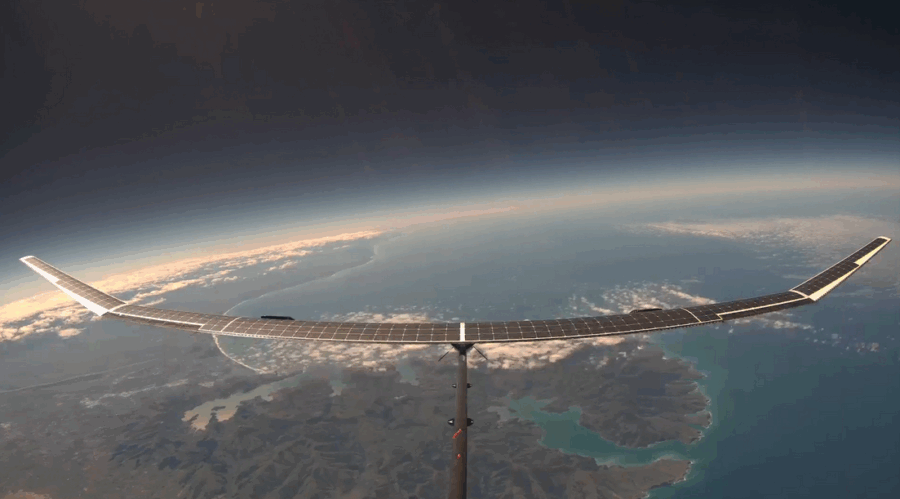Kea Atmos: Solar-Powered Drone Soars 65,000 Feet Above Earth

New Zealand-based Kea Aerospace is pushing the boundaries of flight with its Kea Atmos, a high-altitude, solar-powered unmanned aircraft designed to operate in the stratosphere. Founded in 2018 and headquartered in Christchurch, the company’s mission is to revolutionize data collection from above the clouds—offering high-resolution imagery and near-continuous monitoring that far surpasses the limitations of traditional satellites.
A New Approach to Stratospheric Data
Kea Aerospace specializes in the development of High-Altitude Platform Stations (HAPS) and High-Altitude Long Endurance (HALE) aircraft. These solar-powered drones are engineered to endure extreme conditions—temperatures as low as -70°C, thin air density, and intense radiation—while maintaining steady flight at altitudes up to 65,000 feet.
By capturing high-resolution data from the stratosphere, the Kea Atmos provides real-time insights for applications including environmental monitoring, agriculture, maritime surveillance, and disaster management. Unlike satellites, which pass over the same location only occasionally, Kea’s aircraft can loiter over an area for days or even weeks, offering persistent and flexible coverage.
Game-Changing Battery Collaboration
Kea Aerospace recently announced a strategic collaboration with Li-S Energy Limited, an Australian battery technology company specializing in lithium-sulfur (Li-S) energy storage systems. This partnership aims to integrate next-generation batteries into the Kea Atmos platform, increasing both endurance and efficiency.
The lithium-sulfur batteries promise higher energy density and lighter weight compared to conventional lithium-ion packs—critical advantages for aircraft operating at extreme altitudes where every gram counts. If testing is successful, these batteries will power Kea’s next iteration, the ATMOS Mk2, which aims to achieve month-long continuous flight capability using only solar energy and stored battery power.
The ATMOS Mk2 will also feature advanced solar cell integration to further reduce mass and enhance power conversion efficiency. Combined, these innovations could make multi-month, fully autonomous stratospheric operations a reality—unlocking new possibilities for climate research, communications, and global observation.
Industry Leaders Share Their Vision
Dr. Lee Finniear, CEO of Li-S Energy, called the partnership “a step toward the future of sustainable aviation,” adding: “The stratospheric UAV market has enormous potential, and Kea’s choice to adopt our lithium-sulfur technology highlights how far advanced our batteries are compared with competitors. We look forward to testing in 2025 and to helping Kea deliver multi-month HAPS platforms to the global market.”
Dr. Mark Rocket, CEO of Kea Aerospace, expressed similar optimism: “This year promises to be pivotal for Kea as we develop the ATMOS Mk2. Successful integration of Li-S battery technology will give us a tremendous competitive edge in a sector with vast commercial and scientific applications.”
A Stratospheric Future for Aviation
As drone technology evolves, Kea Aerospace’s vision of long-endurance, zero-emission stratospheric flight could reshape the way humanity observes and understands Earth. By blending solar power, advanced batteries, and autonomous flight systems, the Kea Atmos project is paving the way toward a sustainable aerial future—one where clean energy and innovation keep humanity connected and informed, from the ground to the edge of space.
Related News: https://airguide.info/?s=solar, https://airguide.info/category/air-travel-business/aircraft-finance/
Sources: AirGuide Business airguide.info, bing.com, Kea Aerospace
